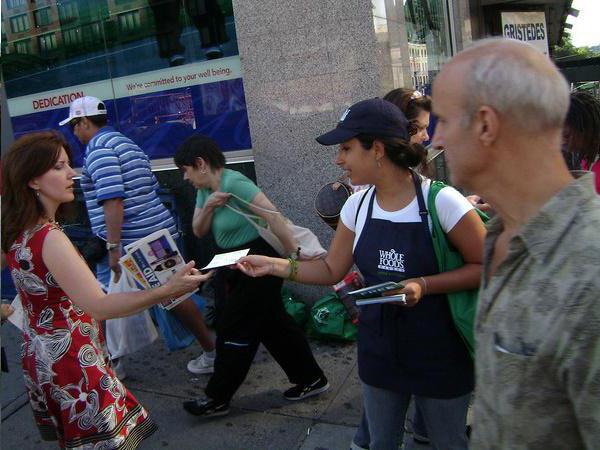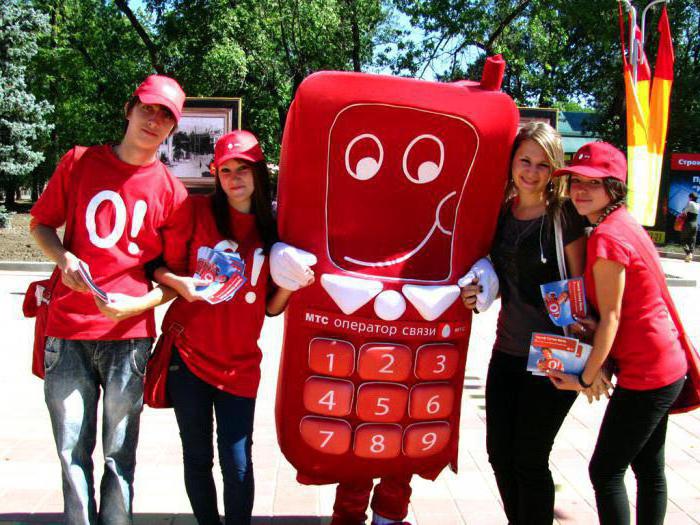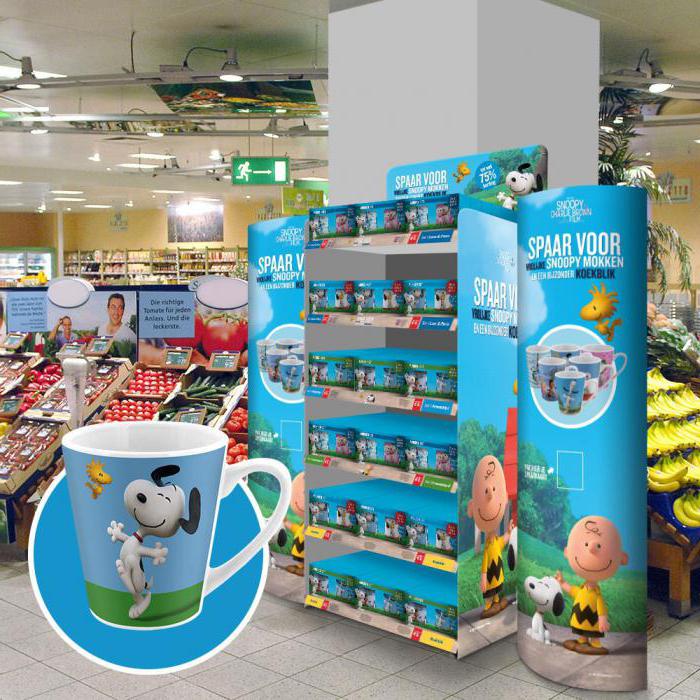Promotions - what is it? Organization and holding of actions
Increasing competition in all markets, without exception, leads to the fact that marketers are striving to find new ways to promote products. Today, advertising is increasingly using hidden and non-standard ways to influence the consumer. As a result of the search for new promotion methods, such as BTL appears, i.e. indirect advertising, which also includes promotions. How to conduct them? And what are their types? We will talk about all this in our article.
concept
So, we are interested in explaining, probably, it is not necessary, but what does "promo" mean? Translated from English, this word means ... "advertising". It's easier than ever, isn't it? Nevertheless, we suggest that you delve a little into the wilds of marketing and decide on the concept of product promotion. This term refers to a set of measures to bring information to the consumer about the advantages and merits of a particular thing (service, brand, manufacturer) and encourage them to make a purchase. Advertising is the main promotional tool. It can be direct media (ATL), which we are all used to: television and radio commercials, billboards on city streets, etc. But the consumer is less and less responsive to such advertising methods, and there is a need to come up with new options for communicating marketing information to the population. This is how indirect, hidden advertising, or BTL, appears, to which promotions belong. They are understood as non-standard actions to convey information about the product to the consumer. The latter is involved in the process of obtaining information and often does not even notice the advertising nature of the message or sees an additional benefit in it and therefore decides to take part in this action.

Goals and objectives of the actions
Any promotion always has the main goal - to increase product sales. But various steps lead to this super-goal, including promotions. This method works well: as a result, it is possible to achieve the solution of specific problems that allow us to get closer to the global goal. They can be directed to:
Increasing consumer awareness of the properties of the product;
Incentives for a trial or re-purchase;
Attracting new consumers;
Bringing new products and brands to the market;
The fight against stereotypical ideas about the product;
Formation of positive emotions in connection with the product.

Planning
There are several types of promotions, and their number is only increasing as marketers are constantly looking for new ways to advertise products. However, the stages of preparing such marketing actions are generally lined up in one chain. First you need to decide on the purpose and target audience of the promotion. What is the target audience? with a certain set of characteristics (gender, age, income, etc.) with which communication will be established. Then the most suitable type of action is selected, its timing, geographical coverage and budget are determined. Then a scenario of the action is drawn up, personnel is selected, the necessary materials are made (leaflets, racks, uniforms, etc.). All data is collected in a single plan, which assigns responsibility for each type of action. Then the action is implemented and its effectiveness is evaluated. 
Types of shares
The easiest way to answer the question: "Promotions - what is it?" through their classification. The oldest kind is sampling. Newer, but already familiar: leafleting, tastings, contests, lotteries, gift promotions. Of the newest types, it is worth mentioning switch-selling, i.e. the exchange of competitors' products for a promoted product, bonus promotions, coupons, cross-promotion, i.e. promotion paired with a non-competitive product, flash mobs. Promotions also include the sphere of merchandising, i.e. the design of a point of sale with POS materials, consulting on the trading floor, etc. Some researchers also include marketing activities on the Internet.

Sampling
Giving out samples is a surefire way to get a person to test a product. Free products are very attractive to the target audience. There are several options for sampling: distribution of samples in places of mass congestion of consumers, distribution through the print media (pasting bags of shampoo, cream, perfume into magazines), exchanging half-empty packs for full packs of goods. When using sampling, you need to carefully study your target audience and their needs. So, not every customer will decide to take a bag of cheap mayonnaise in the hall of an expensive store, because this can “hit” her image in the eyes of other visitors to the outlet. Conversely, it makes no sense to distribute an expensive premium product in an economy class store. Since buyers will be happy to take a sample, but are unlikely to ever make a purchase.
leafleting
Coupons, flyers a few years ago was very successful. Today, this very cheap way of advertising has become so frequent that it has discredited itself and does not give the desired effect. Although leafleting is a very quick way to alert the target audience about something, such as an upcoming promotion in a store. But holding promotions with the distribution of leaflets must be carefully considered. The consumer no longer accepts or simply reads informational texts. He will read and keep only what is beneficial to him. Therefore, leaflets need to be given value in the eyes of the consumer. That is, the received text should be beneficial: a discount, the possibility of exchanging for a gift, etc. Or it should be of interest to the consumer - for example, until recently people took pocket calendars with pleasure. Today, you can interest a potential client by printing some recipe, advice, or other useful information on a leaflet.





